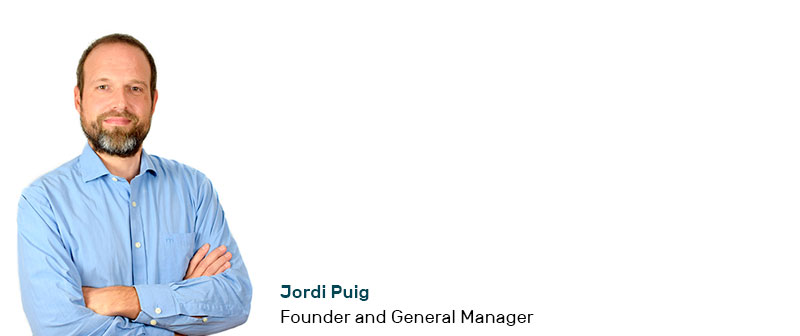Three effective methods for managing multi-language email marketing campaigns


The way in which we are going to manage campaigns will be strongly conditioned by the capabilities offered by our technology provider, whether it is an Email Service Provider or a Marketing Cloud. But having a platform with high capacities is not enough to achieve optimised management of an international email and marketing automation programme with multiple language versions. You need to be imaginative and approach campaign management with an innovative mindset that exploits the full potential of the technology. Here are three possible ways to manage an international or multi-language email marketing programme.
1. N campaigns to N segments
This is the most common method when we have few countries to manage, as it is quick and easy. It involves creating a separate campaign for each market. It will consist of upload the HTMLs for each country, with their respective language versions, utms, subjects, preheaders, links, etc, to the individual campaign created on the platform.. All the content is directly inserted in the html and we have a campaign for each country. It is a simple and efficient method, but as soon as the number of versions (countries) exceeds 5 or 6, the total time consumed increases in such a way that the efficiency in management decreases.

2. 1 campaign to 1 segment group with unique HTMLs per language version
In this model, a single campaign will be created in the sending platform. The campaign contains query codes (querys) to call the different HTML for each country (html, subject, utm, links, etc). The criteria for selecting which content each user should receive will normally be the country/language field in the database associated with the user's email address. The main job will be to create the HTMLs for each market and upload them to the platform beforehand.. We will also create an html that we will load in the campaign and that will make the query and determine which html to select depending on the user's data. We will do the same with the subjects.

We will list all the subjects for each country and apply a conditional query to display one or the other depending on the user's country/language. In the particular case of UTMs, depending on the platform, the management can be done in such a way that a UTM is built dynamically combining the name of the campaign, generic and common to all versions, with the specific country/language of the user. In this way, visits and conversions can be differentiated for each country, from a single campaign.
3. 1 campaign to 1 group of segments with content management on the platform.
In this case we find a similar logic to the previous one, with the difference that HTMLs will not be created in advance for each of the countries, but will be fed from a data table uploaded to the platform and will be created dynamically as the campaign is sent. The basis of this way of managing international campaigns is to take advantage of the personalisation functionalities by variables of the sending platform. In most cases, sending platforms allow the use of conditionals to define the content to be displayed according to the value of a field in the database.
With this option, the creation of the content is done on the platform, so in our html we will have different variables to fill in the texts, links, images for each country depending on the data available in the campaign table. The common elements can already be pre-loaded in the html and in the event that there are specific content blocks for some markets, we can create sections with conditionals so that this entire block is shown only to users from a specific country/language.

This way of managing campaigns relies on the ESP/Marketing Cloud's content personalisation functionalities to manage different language versions. It can be interesting for a volume between 5 and 10 language versions. We can personalise the subject line, the body of the email, images, utms and links.
Reporting
Managing campaigns according to one of the 3 models presented above will have implications for the way reporting is presented. In the first case (N campaigns to N segments), access to metrics by country will not present any problem, since all systems generate, by default, the reporting of each campaign. In other words, by comparing campaigns we will be comparing countries at the same time.
The difficulty arises in the second and third models. In both cases, we should be able to access the campaign metrics (remember that it is a single campaign) by filtering them by the variable "country", and not only for consultation purposes, but also to be able to export the information separated by country in an excel file for further processing.
Not all platforms offer this possibility to filter the results of a campaign according to a database variable. Where this is not possible, we will have to think of alternatives at the time of creating the campaign that overcome this limitation. One option would be to create query segments (users who have opened or clicked on a campaign) and export them so that the "country/idio field is included in the export, or work on the utms nomenclatures so that we can analyse the impact of the campaign (in terms of clicks), through analytics. Each tool has its limitations and advantages, the important thing is to approach with an open mind and be imaginative in the search for solutions.
Many platforms will give the option to export on a daily basis and automated way files containing all the information related to the account activities: list of sent campaigns, list of users who have opened or clicked on a specific campaign, etc. These files are often imported into other tools such as a CRM. or a Business Intelligence where we can process the data and create custom reports by cross-referencing information with other fields in our database. By having the information of which users have opened a campaign, we can obtain their country/language and get the total engagement metrics for each country.
